Offroad Adventurer
New member
It is 15BC and tribes are moving in Africa, the Egyptians have been mining gold and diamonds in Africa for some time and using these materials to decorate their pharaohs. The local peoples have developed a means of leaving messages for their gods and mother earth in the forms of rock paintings and pectoglyphs.
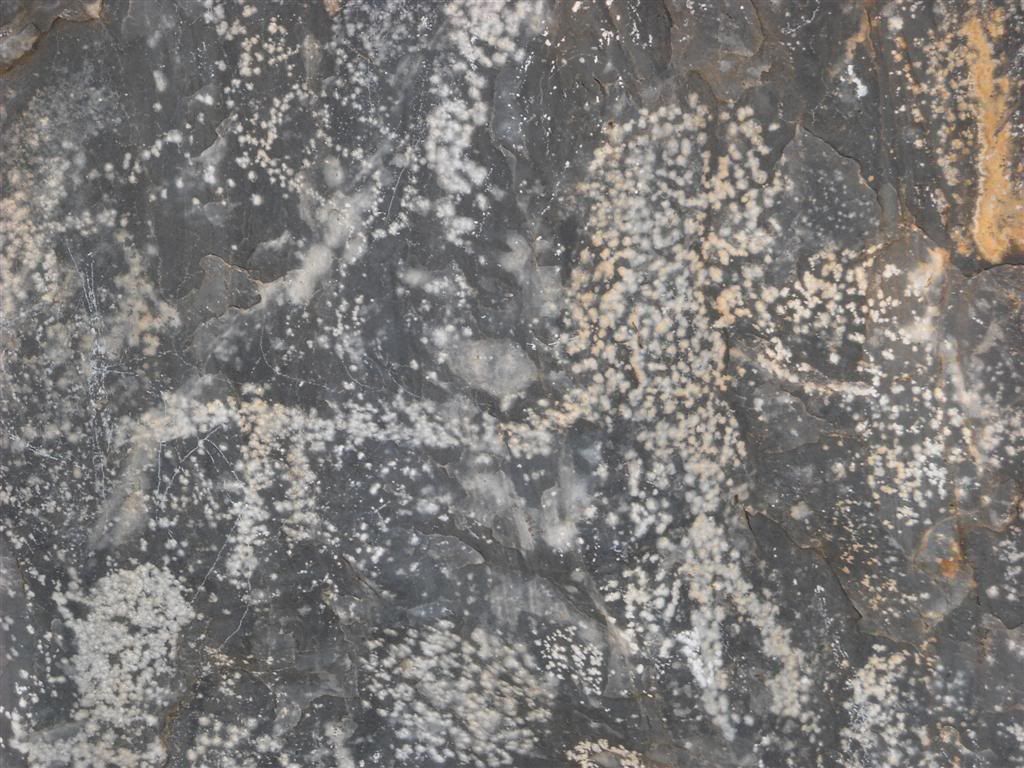
A pectoglyph is a general term for an engraving done into a rock surface, usually by chipping or hammering and depicting both symbols and fauna (animals and people).

I have been documenting the pectoglyphs of the Northern Cape and specifically the Richtersveld (the area west of the N7) for more than twelve years. These pectoglyphs are different to the typical cave paintings and different to the pectoglyphs found in Clarens in the Free State and at other locations in Southern Africa but do have some similarities to those found in Schweizer Reneke, Ottosdal and even the Pacific Ocean islands.
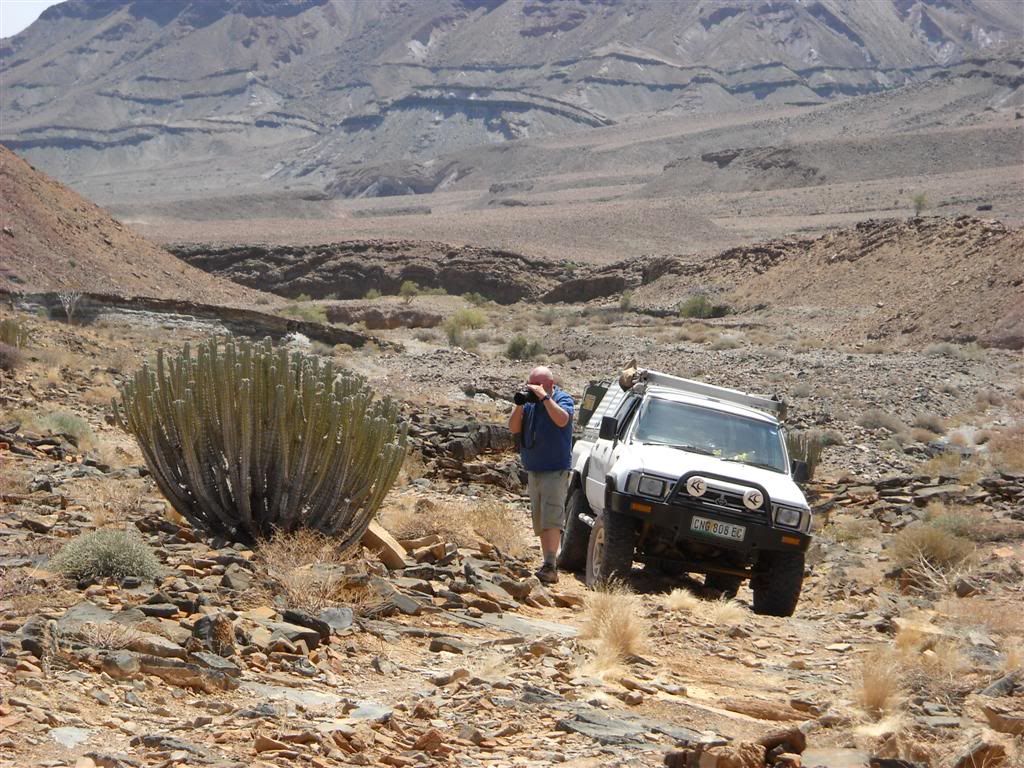
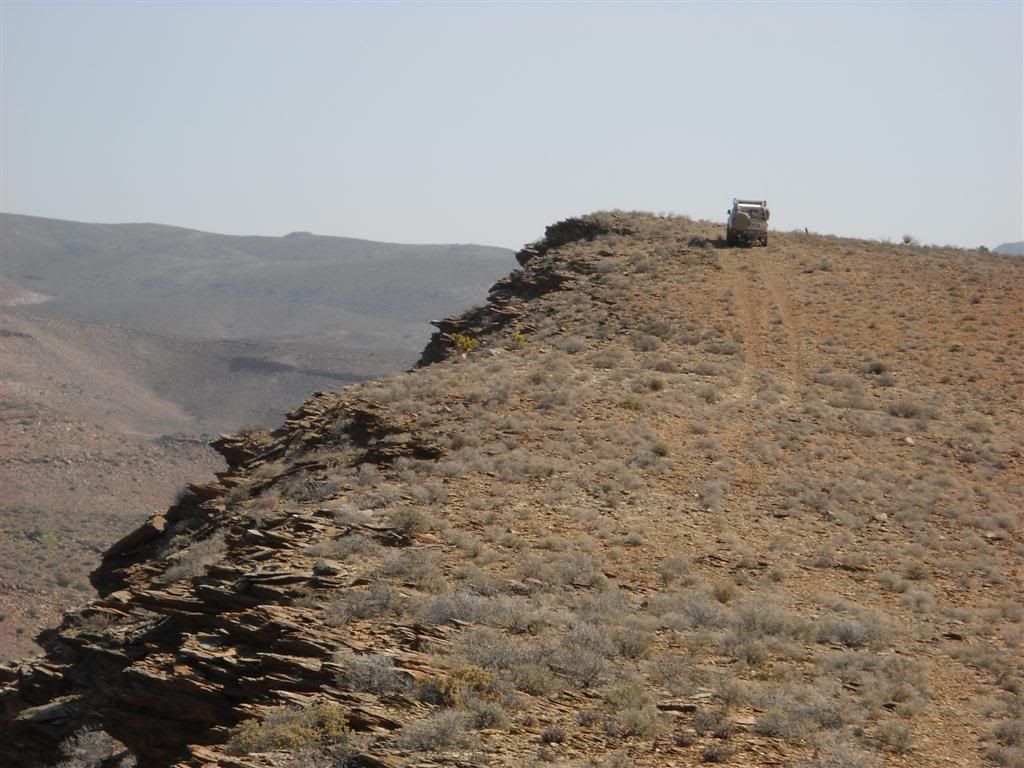
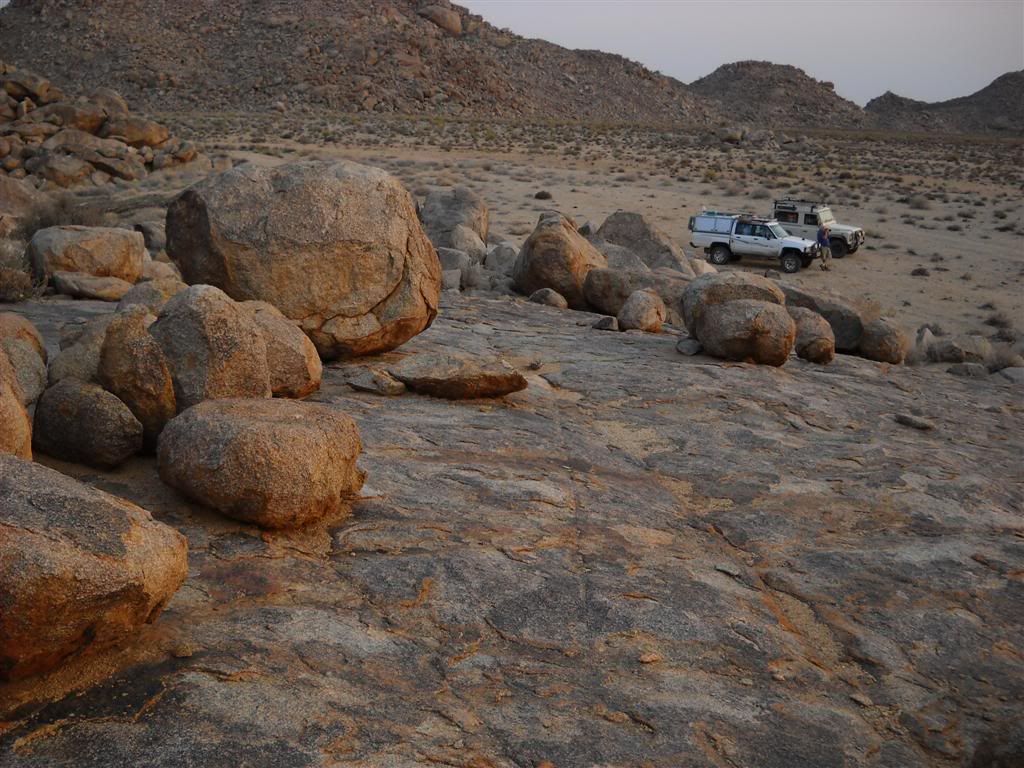
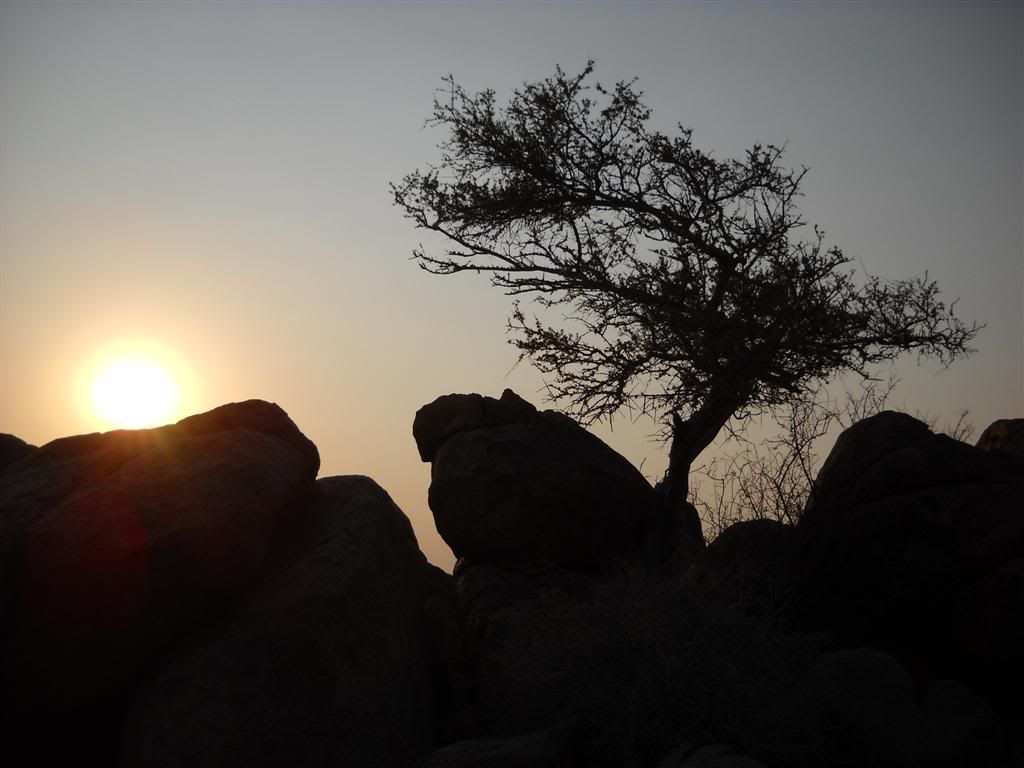
European, Bartholomew Diaz first came into contact with local inhabitants when he rounded the Cape in 1488 and as South Africans we sometimes think that time started when Europeans arrived, but who were these ancient people who created these pectoglyphs?
There are various theories pertaining to the origin of these people. One theory suggests that the so called Hottentot people were Khoe herders who originated from northern Botswana and then migrated west and south where they existed with Bushmen hunter/gatherers until Europeans and smallpox decimated both cultures.
Sheep bones have been dated to the BC/AD transition and so it is believed that the Khoekhoe had been living in these areas for at least 2000 years. South African rock paintings have been dated using the latest radio carbon dating technology and both Dr Aron Mazel from the School of Historical Studies at the University of New-castle upon Tyne and Dr Alan Watchman from the Australian National University in Canberra estimate the rock paintings in the Drakensberg to be about 3000 years old. Other experts suggest that they might be as old as 8000 years old as there is evidence that San people lived in the Drakensberg over 8000 years ago.
There is evidence around Augrabies Falls that Hottentot communities have inhabited the area for the last 700 years. Burial cairns and ancient campsites dating back to 1300AD have been found suggesting that the Khoisan and Khoekhoe occupied this part of the water deficient land and migrated with the seasons and the grazing up and down the Orange River.
During my exploration of Southern Namibia I have found sites with stone age tools and ostrich shell beads. Did these people occupy both banks of the river and leave the pectoglyphs?
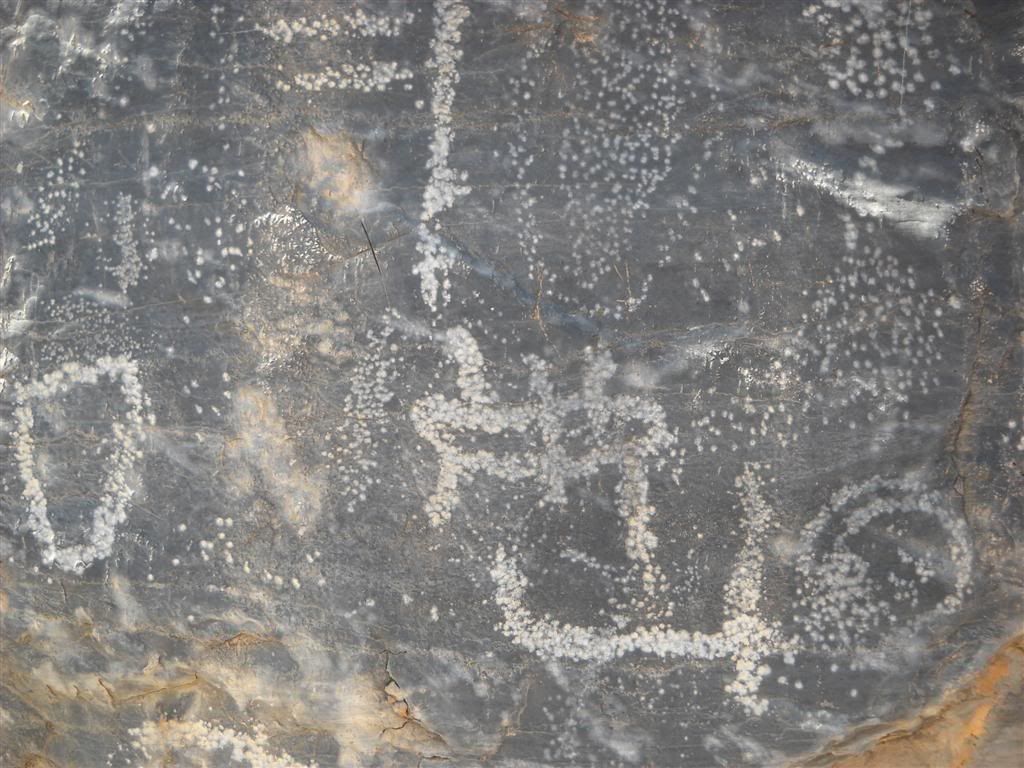
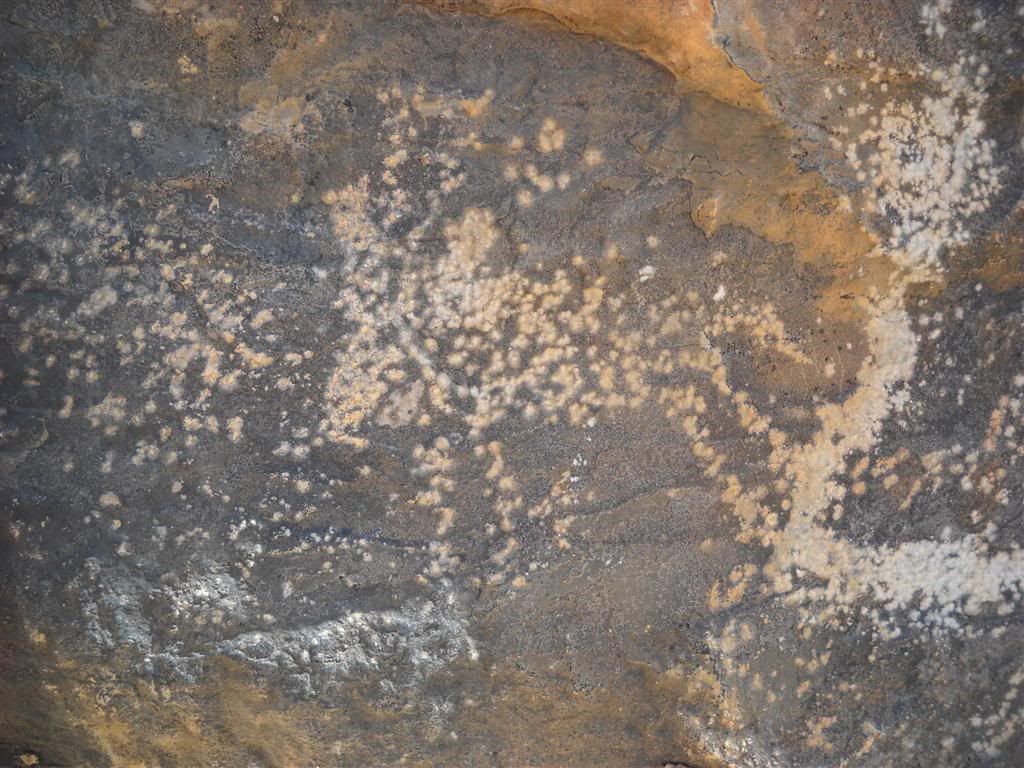
The Klasies River Mouth shelter on the south coast of South Africa has deposits dating back 30,000 years with tools found in Namibia purporting to be in excess of 50,000 years old. If people were making tools then they could have been creating petroglyphs!
Petroglyphs, although not as prolific as rock paintings are usually exposed to the elements and not hidden in caves and under overhangs. The Clarens petroglyphs are thought to be 100 to 150 years old and are referred to as game boards where shepards would play games, probably with stones while tending the animals.
There are relatively few pectoglyphs in Southern Africa and a number of the easily accessible Richtersveld pectoglyphs have been defaced by intellectually challenged folks who have written their names, dates and “Pietie loves Susan” all over the 2000 year old rock art.
There are always discussions about these ancient people and what influenced their art. During my 2002 expedition to look for the Lost City of the Kalahari I was sent information on texts found in Egyptian temples which would indicate that North African cultures had been exploring the oceans around Africa for over 4000 years and would thus have influenced the people they came into contact with.
Pectoglyphs include depictions of elephants, ostriches, antelope (not eland) and people.
Then there are the symbols which I have found to be more prolific than the depiction of people and animals. There are no definitive explanations of these symbols and the only explanation has come from Zulu shaman Credo Mutwa. There are symbols, as yet unexplained which resemble segmented creatures, sunfish or maybe starships, spirals which have been found at most pectoglyph sites in Africa and Australia. Lastly there are symbols that resemble crop circles and patterns vaguely similar to the Nazca lines in Peru.
Ref
Africa Through the Mists of time by Brenda Sullivan
Archeologically Yours by Beatrice Sandlowsky
Foragers and Herders on Kasteelberg During the First Millenium AD by Karim Sadr
Late Iron Age Game Boards and Other Motifs Near Clarens by Maarten van Hoek
Impressions of the Landscape by Alan G Morris

A pectoglyph is a general term for an engraving done into a rock surface, usually by chipping or hammering and depicting both symbols and fauna (animals and people).

I have been documenting the pectoglyphs of the Northern Cape and specifically the Richtersveld (the area west of the N7) for more than twelve years. These pectoglyphs are different to the typical cave paintings and different to the pectoglyphs found in Clarens in the Free State and at other locations in Southern Africa but do have some similarities to those found in Schweizer Reneke, Ottosdal and even the Pacific Ocean islands.




European, Bartholomew Diaz first came into contact with local inhabitants when he rounded the Cape in 1488 and as South Africans we sometimes think that time started when Europeans arrived, but who were these ancient people who created these pectoglyphs?
There are various theories pertaining to the origin of these people. One theory suggests that the so called Hottentot people were Khoe herders who originated from northern Botswana and then migrated west and south where they existed with Bushmen hunter/gatherers until Europeans and smallpox decimated both cultures.
Sheep bones have been dated to the BC/AD transition and so it is believed that the Khoekhoe had been living in these areas for at least 2000 years. South African rock paintings have been dated using the latest radio carbon dating technology and both Dr Aron Mazel from the School of Historical Studies at the University of New-castle upon Tyne and Dr Alan Watchman from the Australian National University in Canberra estimate the rock paintings in the Drakensberg to be about 3000 years old. Other experts suggest that they might be as old as 8000 years old as there is evidence that San people lived in the Drakensberg over 8000 years ago.
There is evidence around Augrabies Falls that Hottentot communities have inhabited the area for the last 700 years. Burial cairns and ancient campsites dating back to 1300AD have been found suggesting that the Khoisan and Khoekhoe occupied this part of the water deficient land and migrated with the seasons and the grazing up and down the Orange River.
During my exploration of Southern Namibia I have found sites with stone age tools and ostrich shell beads. Did these people occupy both banks of the river and leave the pectoglyphs?


The Klasies River Mouth shelter on the south coast of South Africa has deposits dating back 30,000 years with tools found in Namibia purporting to be in excess of 50,000 years old. If people were making tools then they could have been creating petroglyphs!
Petroglyphs, although not as prolific as rock paintings are usually exposed to the elements and not hidden in caves and under overhangs. The Clarens petroglyphs are thought to be 100 to 150 years old and are referred to as game boards where shepards would play games, probably with stones while tending the animals.
There are relatively few pectoglyphs in Southern Africa and a number of the easily accessible Richtersveld pectoglyphs have been defaced by intellectually challenged folks who have written their names, dates and “Pietie loves Susan” all over the 2000 year old rock art.
There are always discussions about these ancient people and what influenced their art. During my 2002 expedition to look for the Lost City of the Kalahari I was sent information on texts found in Egyptian temples which would indicate that North African cultures had been exploring the oceans around Africa for over 4000 years and would thus have influenced the people they came into contact with.
Pectoglyphs include depictions of elephants, ostriches, antelope (not eland) and people.
Then there are the symbols which I have found to be more prolific than the depiction of people and animals. There are no definitive explanations of these symbols and the only explanation has come from Zulu shaman Credo Mutwa. There are symbols, as yet unexplained which resemble segmented creatures, sunfish or maybe starships, spirals which have been found at most pectoglyph sites in Africa and Australia. Lastly there are symbols that resemble crop circles and patterns vaguely similar to the Nazca lines in Peru.
Ref
Africa Through the Mists of time by Brenda Sullivan
Archeologically Yours by Beatrice Sandlowsky
Foragers and Herders on Kasteelberg During the First Millenium AD by Karim Sadr
Late Iron Age Game Boards and Other Motifs Near Clarens by Maarten van Hoek
Impressions of the Landscape by Alan G Morris
